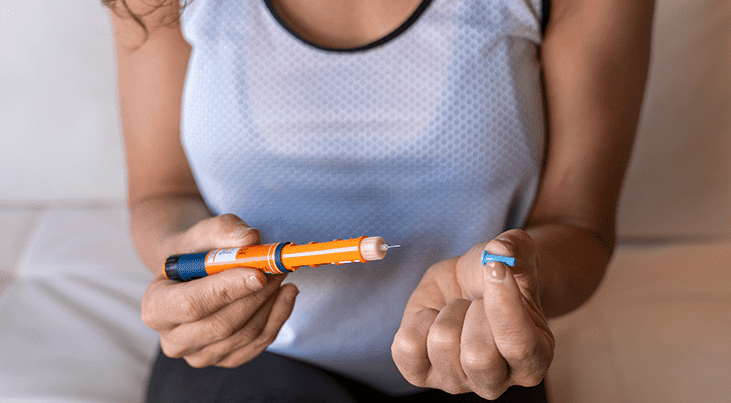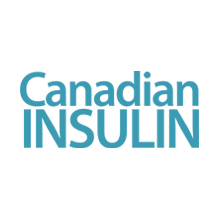Which diabetes type needs insulin shots?
One of the world’s leading health problems is diabetes. It is a chronic condition and a metabolic disorder involving blood sugar levels. Diabetes has different types, such as type 1, type 2, prediabetes, and gestational diabetes. Treatment of diabetes involves oral medications and insulin shots. But which diabetes type is insulin-dependent? Which type needs regular insulin treatment?
Also known as insulin-dependent diabetes mellitus, type 1 diabetes is a condition where the pancreas produces little to no insulin. The insulin hormone is what the body uses to stimulate the body’s glucose supply and convert it to energy. We need insulin treatment when this natural process is hampered. Type 1 diabetes is diagnosed in children, especially before 15 years of age. However, adults can also get T1D.
What happens when type 1 diabetes occurs?
Type 1 diabetes is an autoimmune condition. It means that the body mistakenly attacks the producing insulin cells, thus, triggering the development of type 1 diabetes. There are other ways that this condition happens, but it is primarily an autoimmune disease.
What are the symptoms of type 1 diabetes?
All diabetes types share similar symptoms. The following symptoms are the most common in T1D:
- Unexplained thirst
- Frequent urination
- Bed-wetting (only applies to children)
- Unexplained hunger
- Rapid weight loss
- Irritability
- Change in mood or behaviour
- Tiredness
- Weakness
- Blurry vision
What is insulin’s role in type 1 diabetes?
In type 1 diabetes, the pancreas becomes incapable of producing insulin. Because of this, insulin shots are necessary. It explains why people with type 1 diabetes need daily insulin treatment through injections, pumps, or pens. The following describes the role of insulin treatment for people with this condition.
- Insulin allows sugar to enter the cells.
- Insulin lessens the amount of glucose in the bloodstream.
- Insulin regulates body sugar levels and stores excess glucose for the body’s use of energy.
Note: This treatment involves the use of artificial insulin. It is also called man-made insulin, which has five different types. These are as follows:
- Rapid-acting
- Short-acting
- Intermediate-acting
- Long-acting
- Ultra long-acting
Takeaway
Type 1 diabetes is about supplementing the insulin our bodies cannot make. This insulin is similar to the naturally-occurring insulin, which can be administered through syringes, pens, and pumps. These are injected subcutaneously under the skin. The treatment can happen once or several times daily, depending on the severity of the condition. Frequent blood sugar monitoring is necessary to keep the condition in check.


